EVGA GeForce RTX 3050 XC BLACK GAMING
The retail boxed video card we have to evaluate today is the EVGA GeForce RTX 3050 XC BLACK GAMING (08G-P5-3551-KR) video card. In EVGA’s lineup of video cards, its XC BLACK GAMING series is typically at the start of the product stack, with the FTW3 models toward the top. This means this is a more basic video card, with fewer frills, but still a custom design with a custom cooling solution from EVGA that supports EVGA Precision X1 overclocking software. Note that there will be a higher clocked SKU of the 3050 XC available as well, the Black Gaming version is the stock clocked version, however, our model was sent out-of-the-box at the factory overclocked 3050 XC SKU, read below.

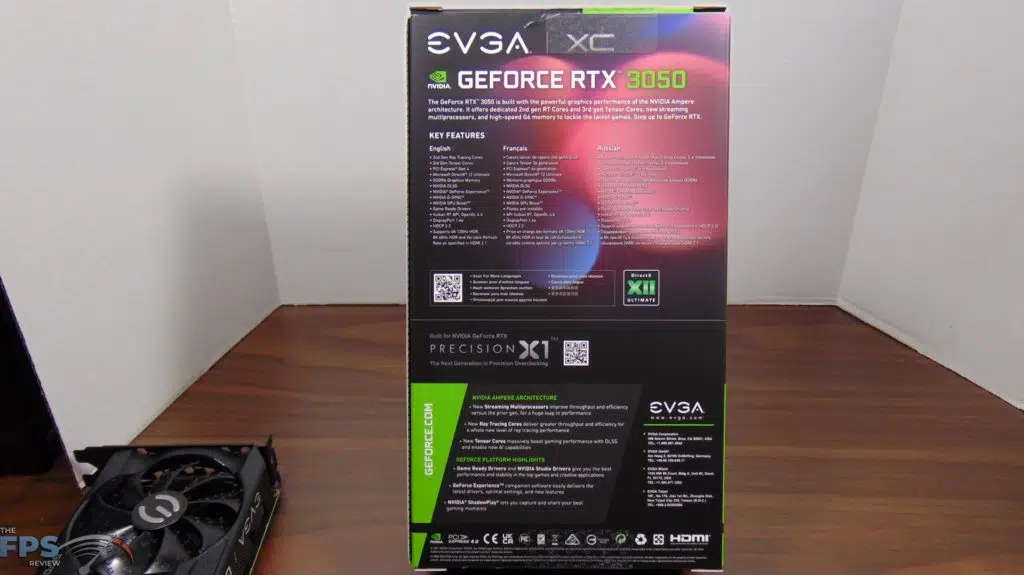
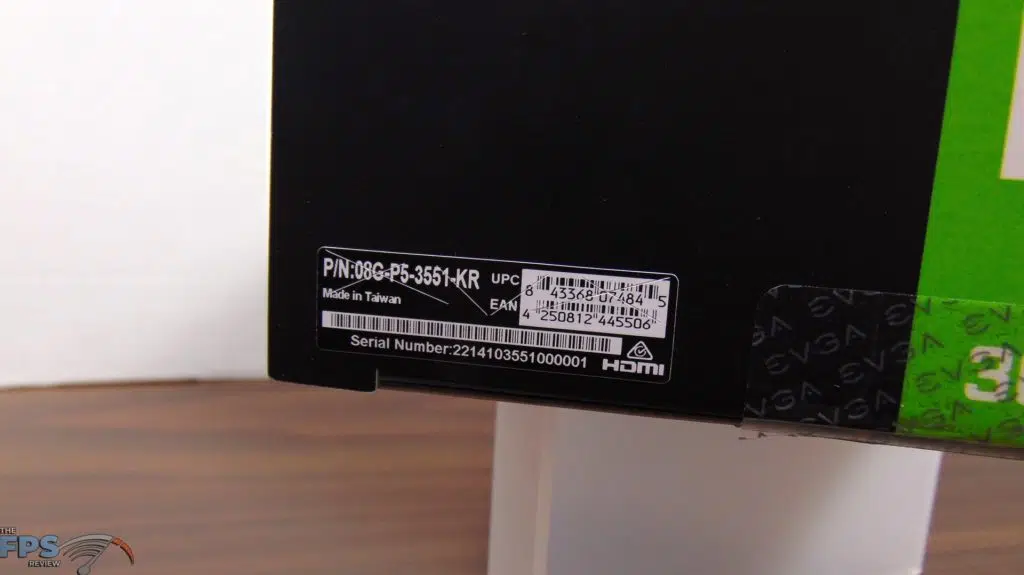
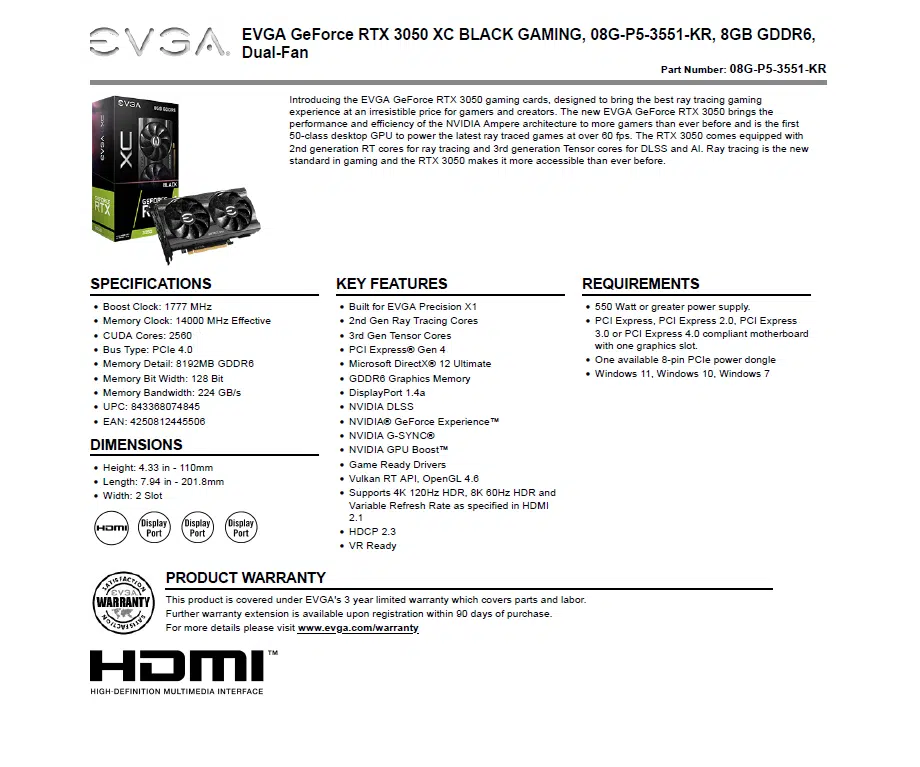
The video card uses EVGA’s dual-fan design with a black shroud over a heatsink with copper heatpipes. There is no backplate on this video card, but it does use an air-through PCB that allows airflow completely through part of the heatsink. The higher clocked SKU of the 3050 XC will have a backplate. GPU and RAM are cooled, as well as the MOSFETs with dedicated heatsinks. It requires one 8-pin PCIe power connector. The video card is quite compact at just 7.94 inches in length, 4.33 inches in height, and 2-slot. It should fit in very small cases very easily. It has 3x DisplayPorts and 1x HDMI port.

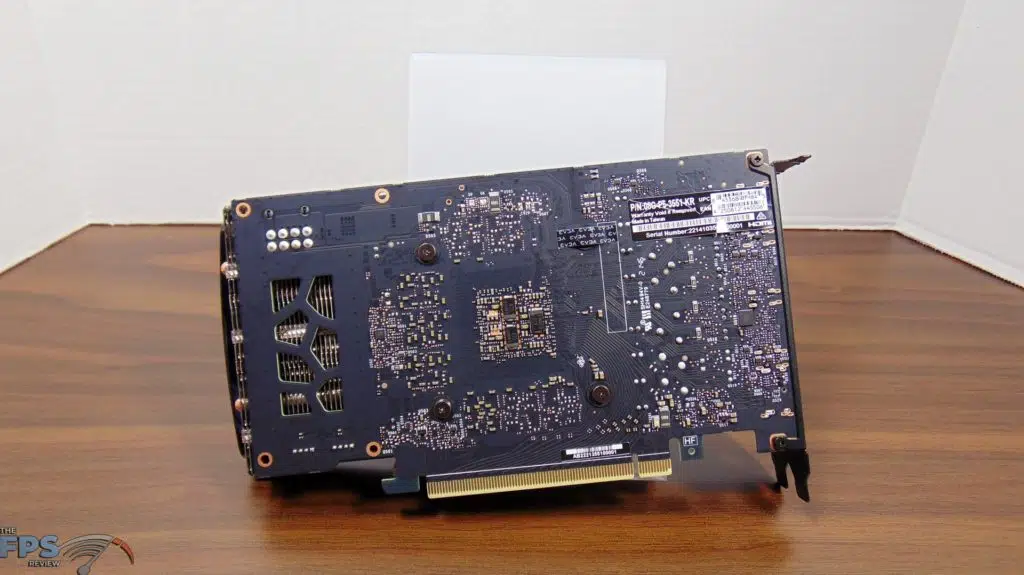
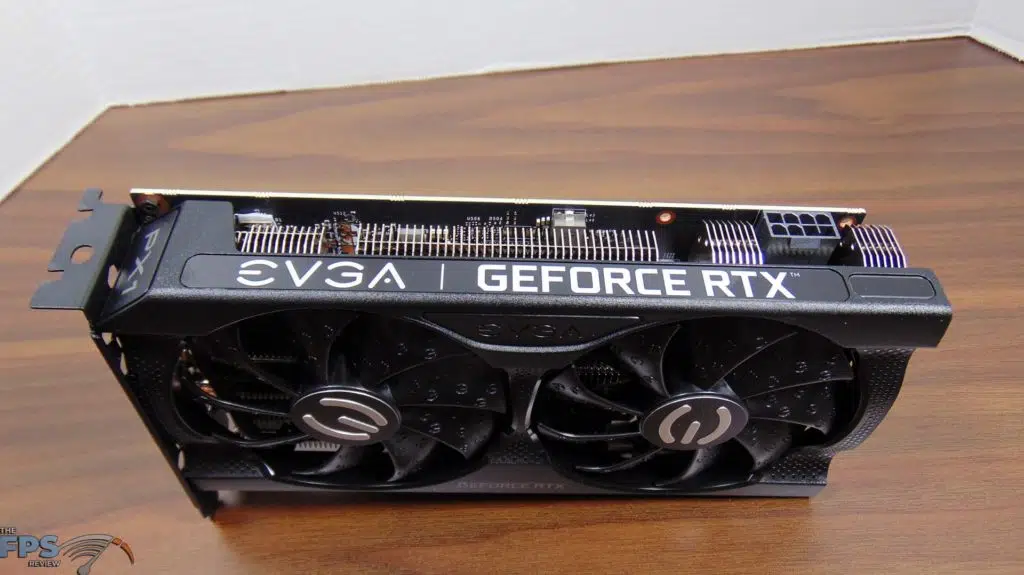
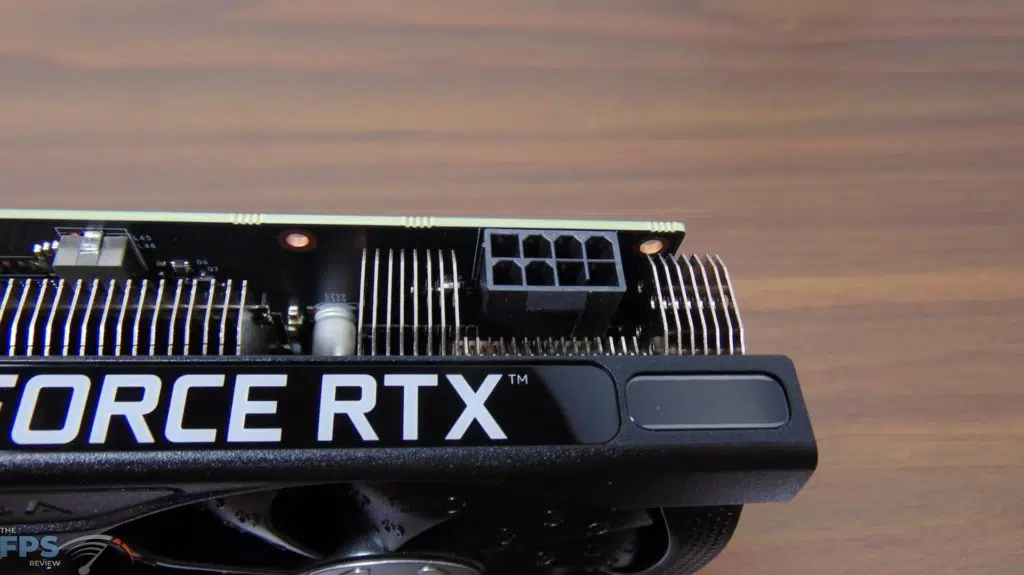
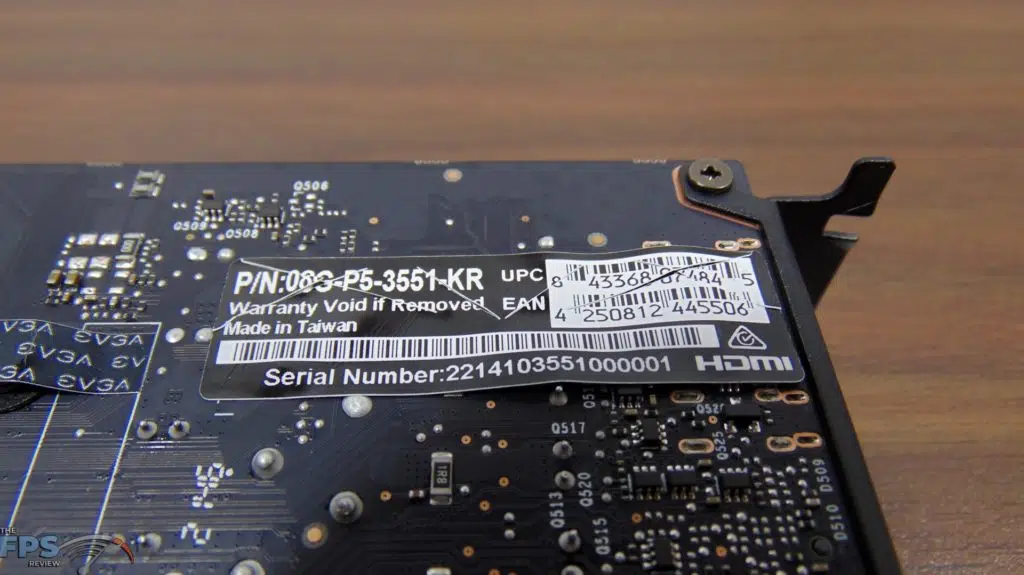
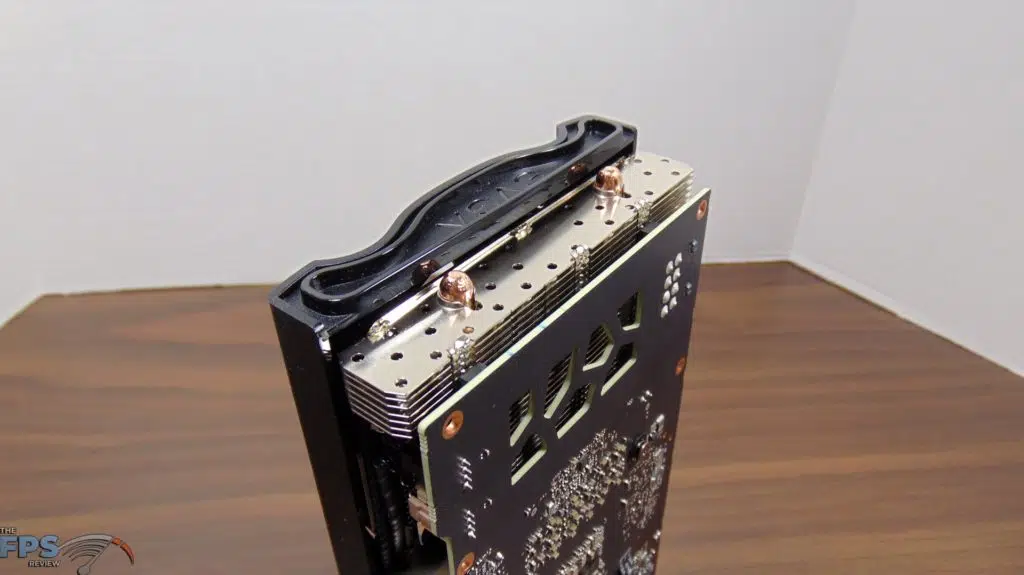
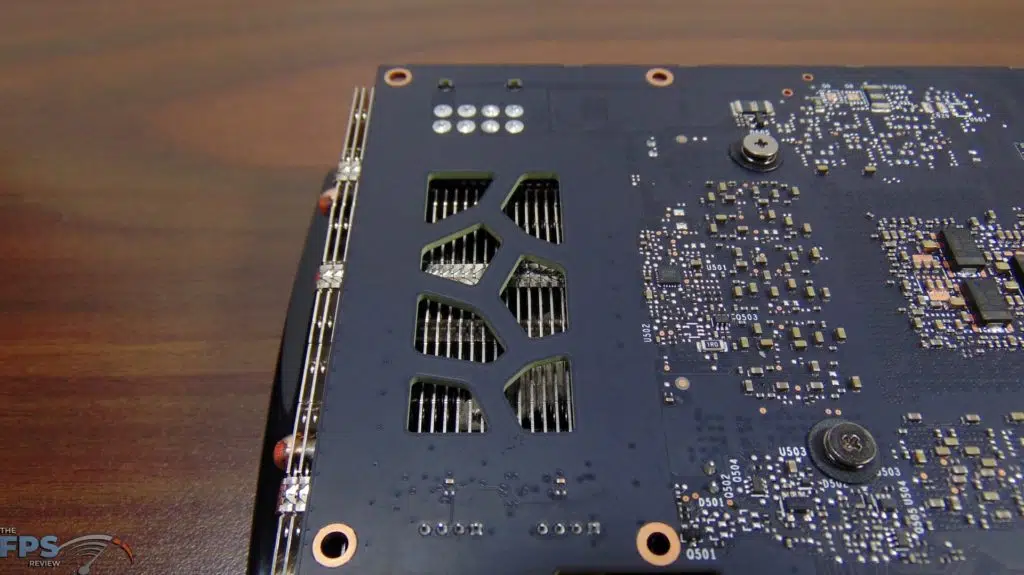

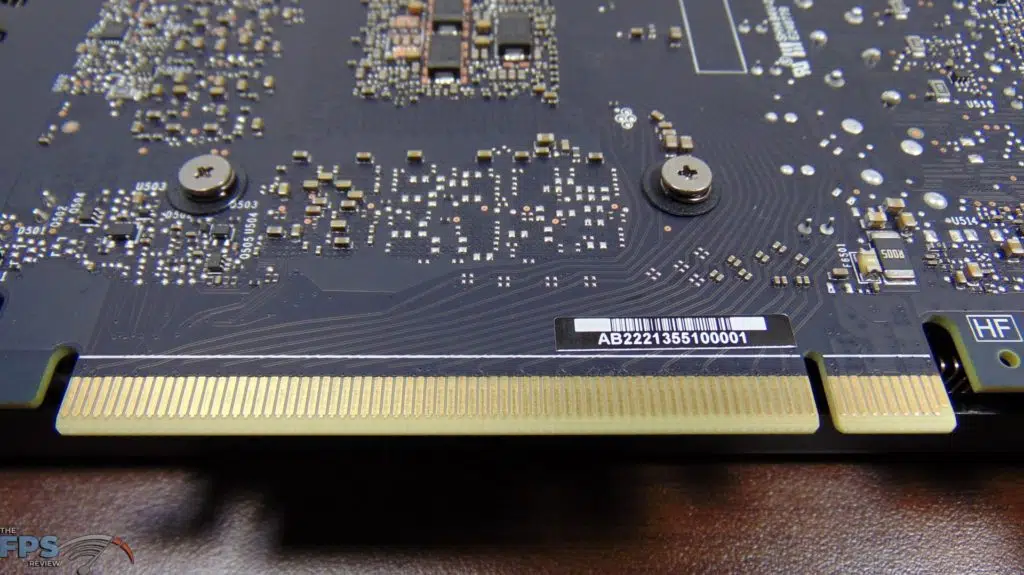

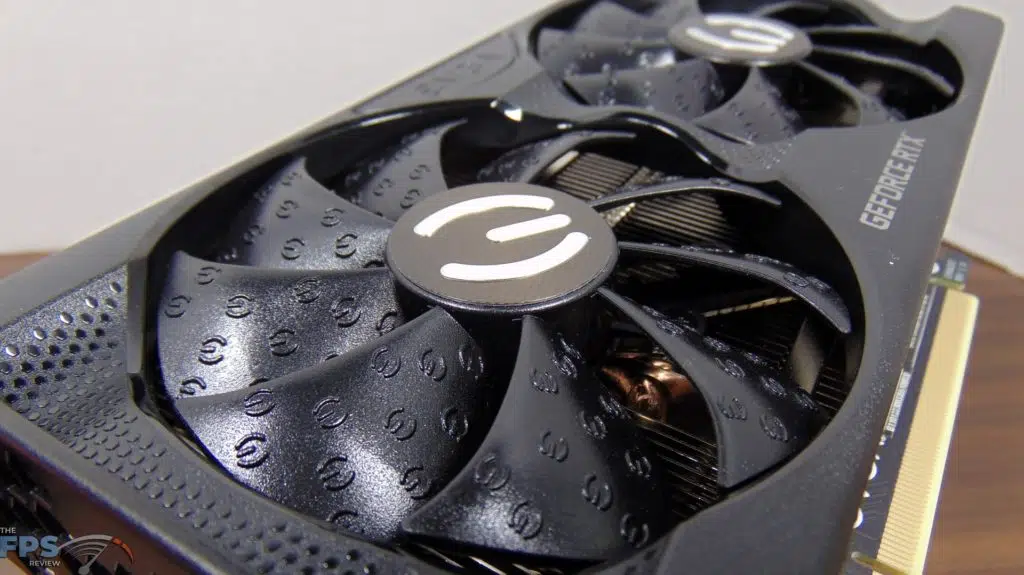
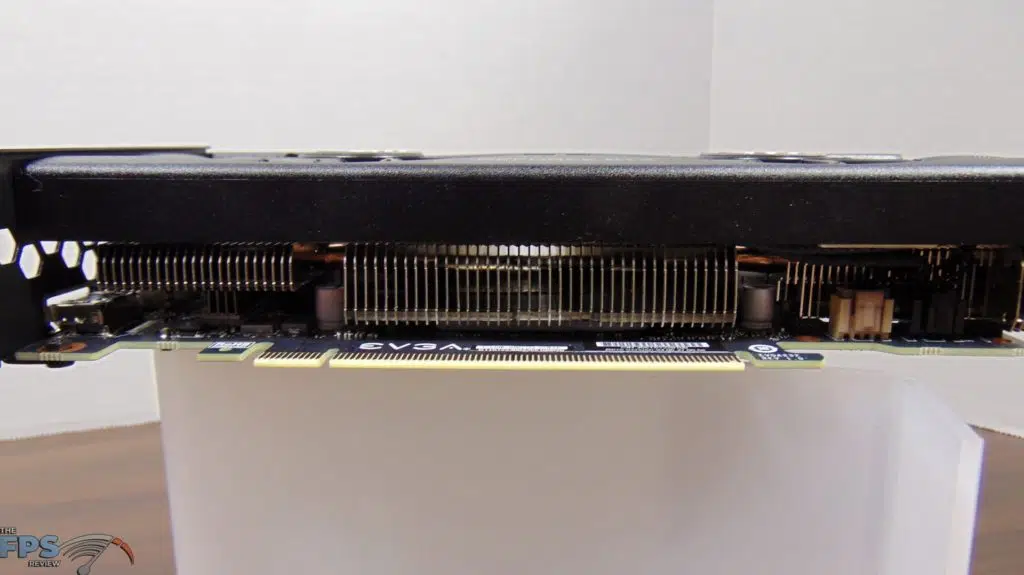
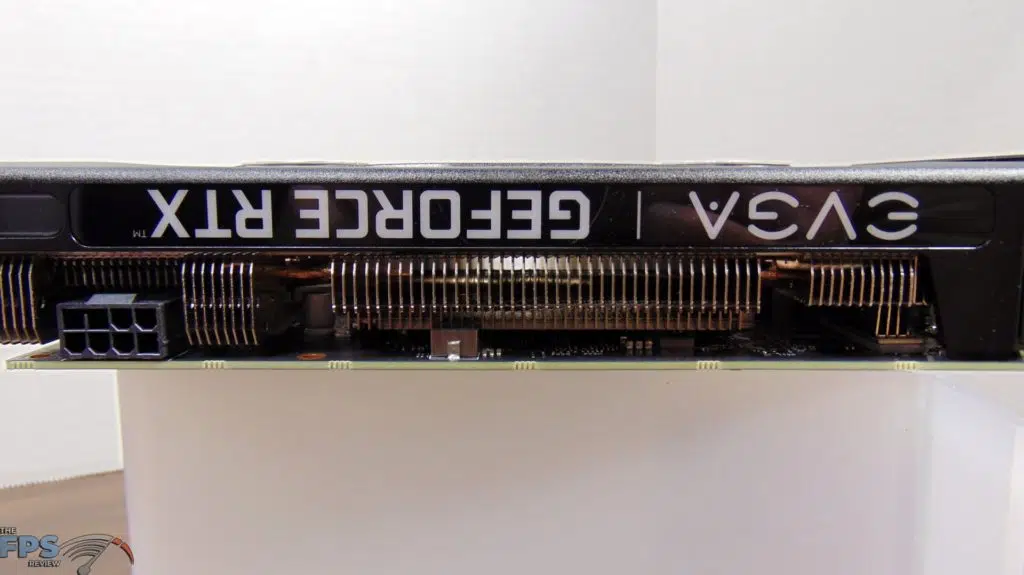
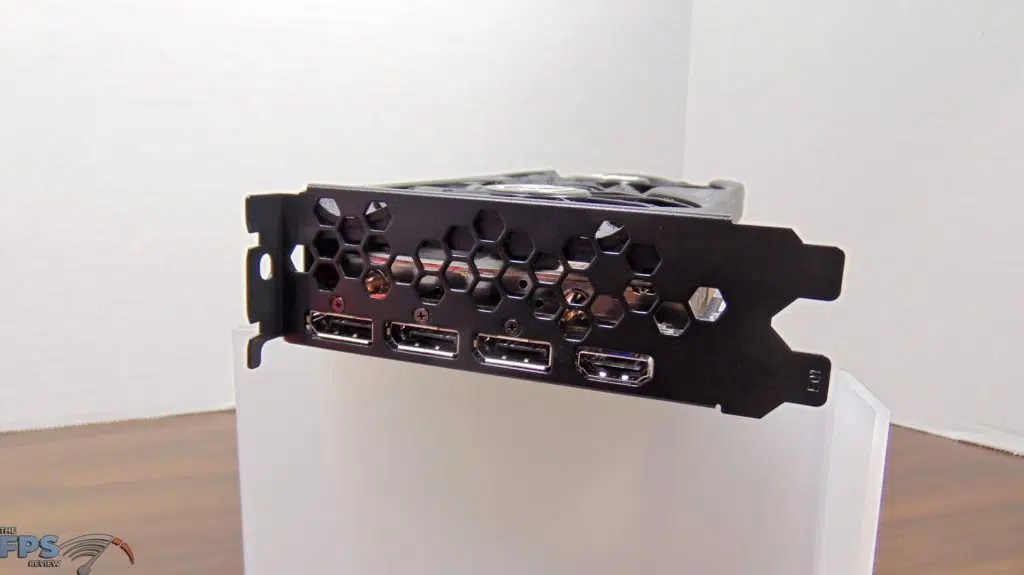
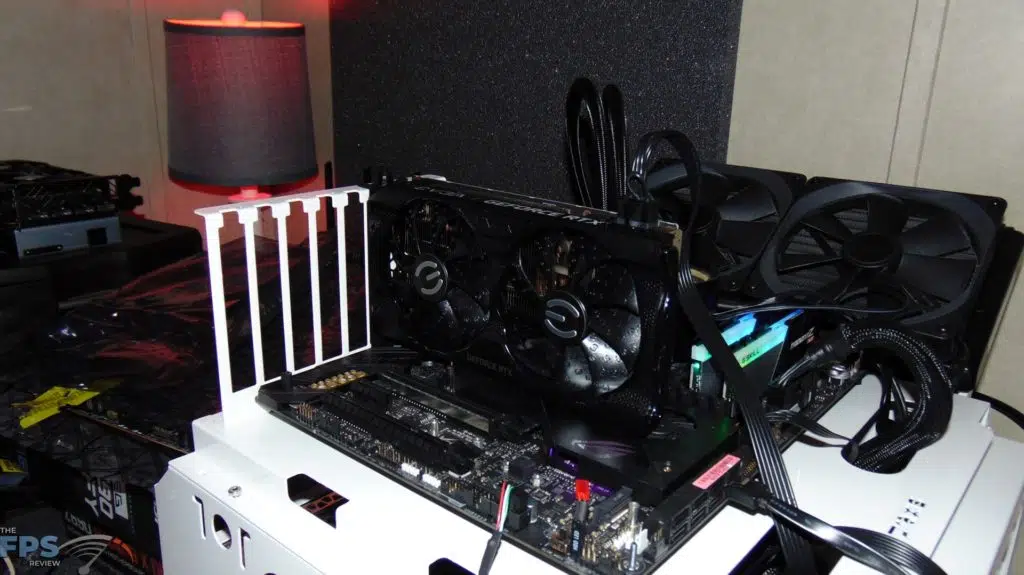
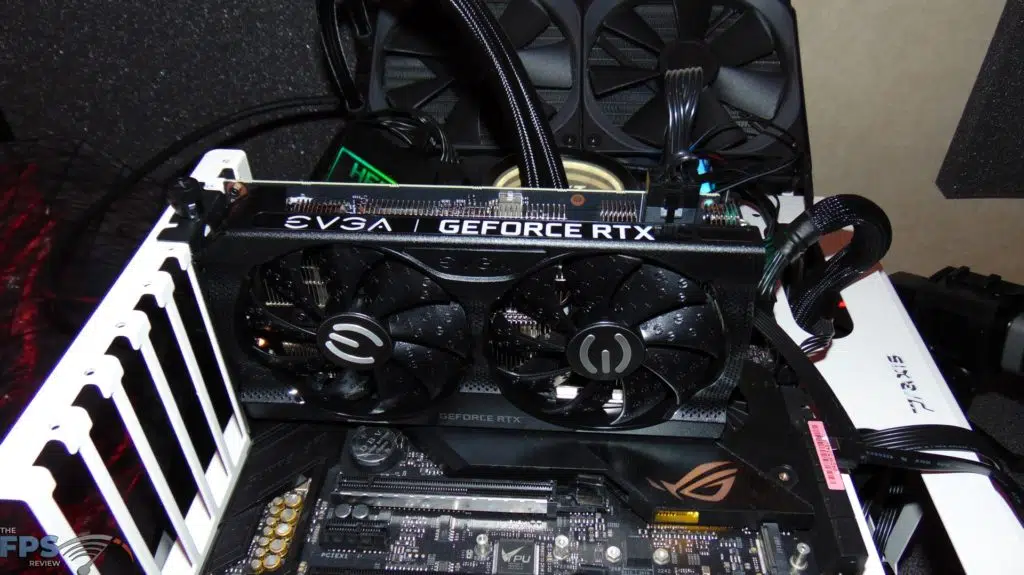
Clock Speed Oopsy
There was an error on EVGA’s part when it sent this video card to reviewers, which was only realized too late, literally confirmed the day before launch. This particular model (08G-P5-3551-KR) should only have a boost clock of 1777MHz, which is the default stock spec by NVIDIA. However, in an error by EVGA the wrong BIOS was applied to cards sent to reviewers which has the boost clock set at 1845MHz which was intended for the higher clocked 3050 XC SKU. That higher clocked 3050 XC SKU will have a full metal backplate, and this higher clock speed, and a higher MSRP, otherwise it is the same as the card we are reviewing. It’s a real video card EVGA will offer.
We were confirming specs with an editor today when we realized that the BIOS applied on your EVGA RTX 3050 XC Black review sample was unfortunately the one intended for our higher clocked 3050 XC SKU (which also includes a backplate and the higher boost clock). The boost clock for the XC Black sample you received is 1845MHz, however, the actual boost clock should be 1777MHz. This affects overall performance by around 2-3 percent. The physical card is correct and all retail cards have the correct BIOS already installed. Again, this does not affect cards that are in production or ones that will be available for sale this Thursday.
-EVGA
EVGA claims the boost clock of 1845MHz vs 1777MHz will affect overall performance by around 2-3 percent. That’s a 68MHz difference, and even with GPU Boost should be relative between the two cards. EVGA also states that the physical card we have is correct and all retail cards will have the correct BIOS applied. Unfortunately, this information was realized too late into the review process for us to completely re-benchmark everything, make new graphs, and re-write the review. Therefore, our review today represents the higher clocked 3050 XC SKU, not the 3050 XC Black Gaming SKU. The MSRP on the higher clocked 3050 XC SKU will be $329.99 and have a full metal backplate, so it does have a premium over the card shown in this review which will have an MSRP of $249.99.
This was all confirmed only the day before launch, so impossible to re-do the entire review. We’ll be testing the performance of the higher clocked 3050 XC SKU but with the lower clocked 3050 XC Black video card. This is doable because it’s still a real card EVGA offers, so it represents a real SKU in performance. It’s basically a factory overclocked 3050, which other manufacturers will also offer.
This does not affect overclock testing; it still represents the highest overclock achieved on the 3050 XC BLACK Gaming version shown. Since the difference is small, 2-3 percent, it won’t change how the cards stack up and compare or our conclusion of the card at the end, as you’ll see when you look at the performance differences to follow. Keep in mind also that with NVIDIA GPU Boost the actual real-world in-game GPU clock frequency runs higher than the rated boost clock. The frequency is allowed to go up to as high as it can go based on thermal, and power limits available, so it was already going to boost well above 1777MHz anyway, most likely upwards of 1900MHz.

